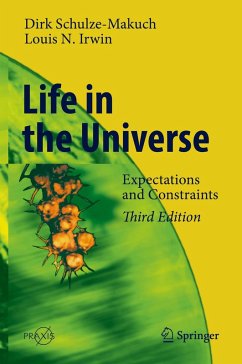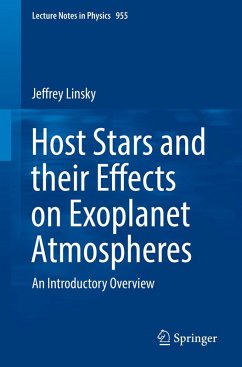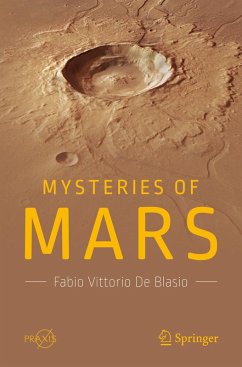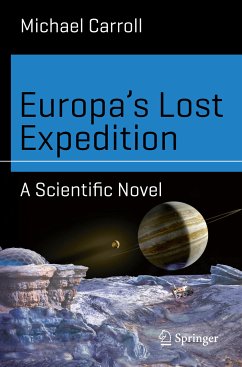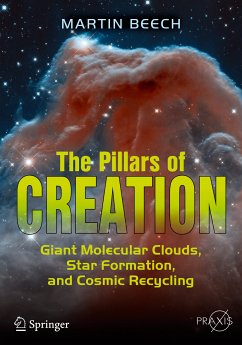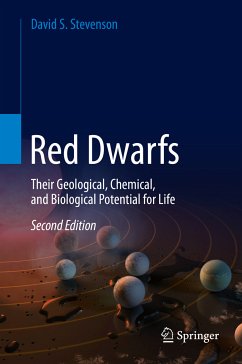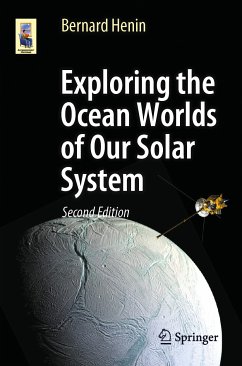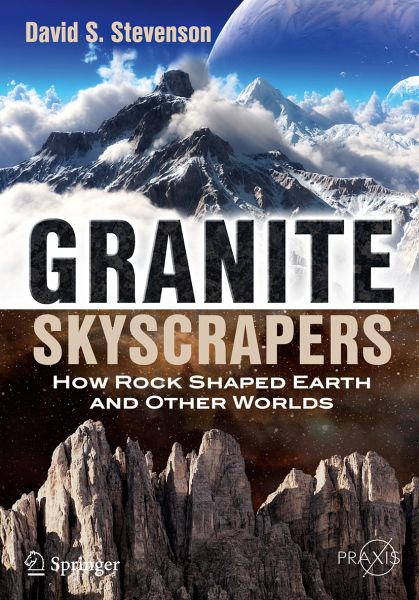
Granite Skyscrapers (eBook, PDF)
How Rock Shaped Earth and Other Worlds
Versandkostenfrei!
Sofort per Download lieferbar
30,95 €
inkl. MwSt.
Weitere Ausgaben:

PAYBACK Punkte
15 °P sammeln!
In this book, David Stevenson offers us a look at the evolution of planets as they move from balls of mixed molten rock to vibrant worlds capable of hosting life. Embedded in our everyday architecture and in the literal ground beneath our feet, granite and its kin lie at the heart of many features of the Earth that we take for granted. From volcanism and mountain building to shifting water levels and local weather patterns, these rocks are closely intertwined with the complex processes that continue to shape and reshape our world. This book serves as a wonderful primer for anybody interested i...
In this book, David Stevenson offers us a look at the evolution of planets as they move from balls of mixed molten rock to vibrant worlds capable of hosting life. Embedded in our everyday architecture and in the literal ground beneath our feet, granite and its kin lie at the heart of many features of the Earth that we take for granted. From volcanism and mountain building to shifting water levels and local weather patterns, these rocks are closely intertwined with the complex processes that continue to shape and reshape our world.
This book serves as a wonderful primer for anybody interested in our planet's geological past and that of other planets in our Solar System and beyond. It illustrates not only how our planet's surface evolved, but also how granite played a pivotal role in the creation of complex, intelligent life on Earth. There has long been a missing element in popular astronomy, which Stevenson now aims to fill: how geological and biological evolution work in a complex partnership, and what our planet's own diversity can teach us about other rocky worlds.
This book serves as a wonderful primer for anybody interested in our planet's geological past and that of other planets in our Solar System and beyond. It illustrates not only how our planet's surface evolved, but also how granite played a pivotal role in the creation of complex, intelligent life on Earth. There has long been a missing element in popular astronomy, which Stevenson now aims to fill: how geological and biological evolution work in a complex partnership, and what our planet's own diversity can teach us about other rocky worlds.
Dieser Download kann aus rechtlichen Gründen nur mit Rechnungsadresse in A, B, BG, CY, CZ, D, DK, EW, E, FIN, F, GR, HR, H, IRL, I, LT, L, LR, M, NL, PL, P, R, S, SLO, SK ausgeliefert werden.




